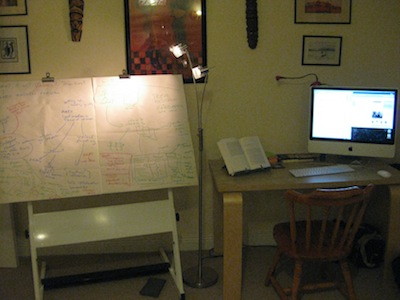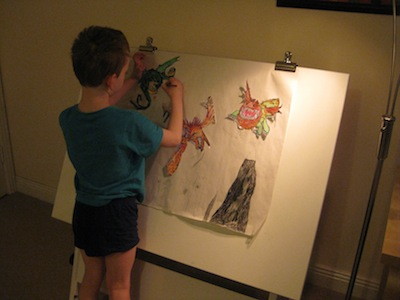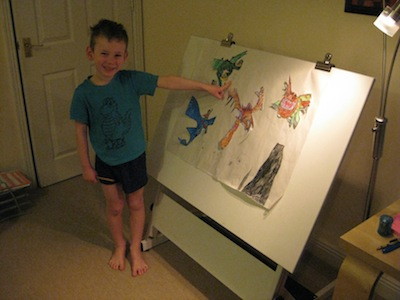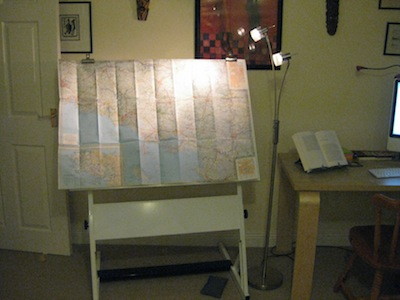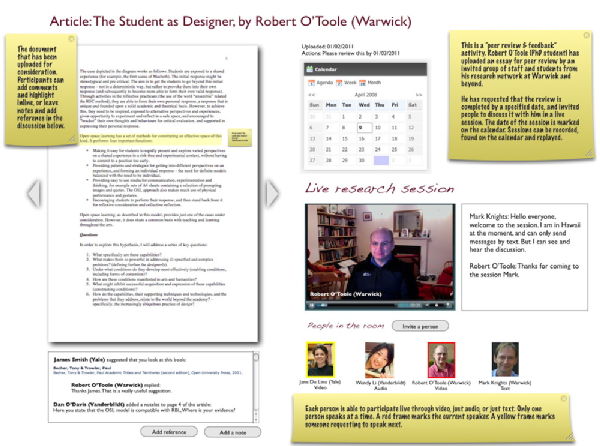Overview of the How Students Succeed Survey
In January 2011, I launched a nationwide survey aimed at arts and humanities students. It has been advertised through the Higher Education Academy subject centres for History and for English. The survey is available online (using Warwick’s Formsbuilder system), and is available to anyone through a simple url[1]. Participants will be entered into a prize draw, and may be contacted for follow-up interviews (some have already taken the initiative and contacted me directly). It will also be publicised within the Arts Faculty (including Humanities subjects) and associated departments at the University of Warwick. The aim is to get at least 200 current students and graduates to respond. This target will probably be greatly surpassed. Some key courses will also be specifically targeted (for example, the Warwick Writing Programme). The survey is part of a larger investigation into the conjecture that:
“…arts and humanities education acts as an essential breeding ground for graduates who are capable of solving seemingly intractable social, technical and political problems. This quality results from the blending, deep within the learning experience, of difficult contentions and challenges, powerful formal and informal techniques and opportunities, and an ethos that balances risk-taking with care and consideration.” (O’Toole, 2010)
It will be used to discover potential connections in academic and creative practice. These connections will then be pursued through further theory-building, surveys, interviews, observations, open-space research activities, and design experiments.
The survey consists of two sets of questions, seeking to describe the participants’ experiences of a significant set of challenges, and then to find variables that suggest correlations (for example, academic discipline, mode of reflexivity, attitude to failure, creative practices)
The first set of questions aims to discover how the participants relate to a set of fourteen problems commonly encountered when engaged in the most common complex academic-creative activity: essay writing. For example: “1.5 Exploring too many ideas, not enough focus.”
For each of the problems that are listed, the participants are asked to say if:
· They have never thought about it.
· It has never been a problem.
· It has happened to them.
· It often happens to them.
· They have learned to overcome or avoid it.
The responses will indicate the extent to which the participants are consciously encountering, engaging and responding to these problems. Are their academic programmes exposing them to these challenges? Are they actively finding ways to overcome them? Are they consciously reflecting upon their strategies such that they can coherently give advice to others? From the responses to the questions, I will be able to infer information relevant to these important questions:
· To what extent have the participants been exposed to the set of common problems?
· What is the level of awareness of these problems amongst the participants?
· Have they adapted their essay writing practice to avoid or overcome problems?
· How good are the participants at communicating their methods for avoiding or overcoming the problems? Is their advice general or specific to a single problem? How good are they at giving advice to others (how coherent, well-thought-out, well expressed is their advice)?
In addition, each of the fourteen listed questions tells us something specific about the academic experience (or specifically, essay writing), it’s ability to raise significant challenges that are related to creative and design challenges, and the ability of the students to consciously apprehend, adapt and reflect upon those challenges.
The second set of questions (in fact starting at 1.16) allows for the participants to be grouped according to various parameters. There are various questions that identify whether the participant is a current student or a graduate, which institution, which degree course, level (e.g. 1st year undergraduate), gender and age range: all potentially significant and interesting variables. This is accompanied by questions that aim to gain an insight into cognitive and artistic variables. Question 1.16 asks: “if something goes wrong, how are you likely to respond?”. Possible responses range from the pessimistic “resign yourself to failure” to the more optimistic “thrive on the challenge and the excitement”. Are the participants risk-seeking experimenters? Question 1.17 enquires into the “mode of reflexivity” (Archer, 2007) employed by each participant in the face of a potential failure: are they communicative (talk to a friend or tutor), autonomous (think about it and come up with your own plan), fragmented (keep worrying but fail to act), meta-reflexive (consider if you are reflecting on the problem in the right way). Question 2.10, “Where do you test out your ideas with other people before writing?”, aims to identify the social and technological aspects of the building-testing behaviour necessary for effective essay writing.
Finally, reflecting the conjecture that experience in artistic/creative practices aids problem solving in other domains, there are a series of questions that ask for a list of creative activities that each participant has experience in and which of these they have encountered in their educational experience.
Archer, Margaret S. Making Our Way Through the World: Human Reflexivity and Social Mobility [Kindle Edition], Cambridge University Press, 2007.
O’Toole, Robert B. “Arts Education, Design Thinking and the Mantle of the Designer”, Warwick Institute of Education web site, http://www.inspireslearning.com/portfolio [accessed 6/2/2011]
 Robert O'Toole
Robert O'Toole

 Please wait - comments are loading
Please wait - comments are loading
